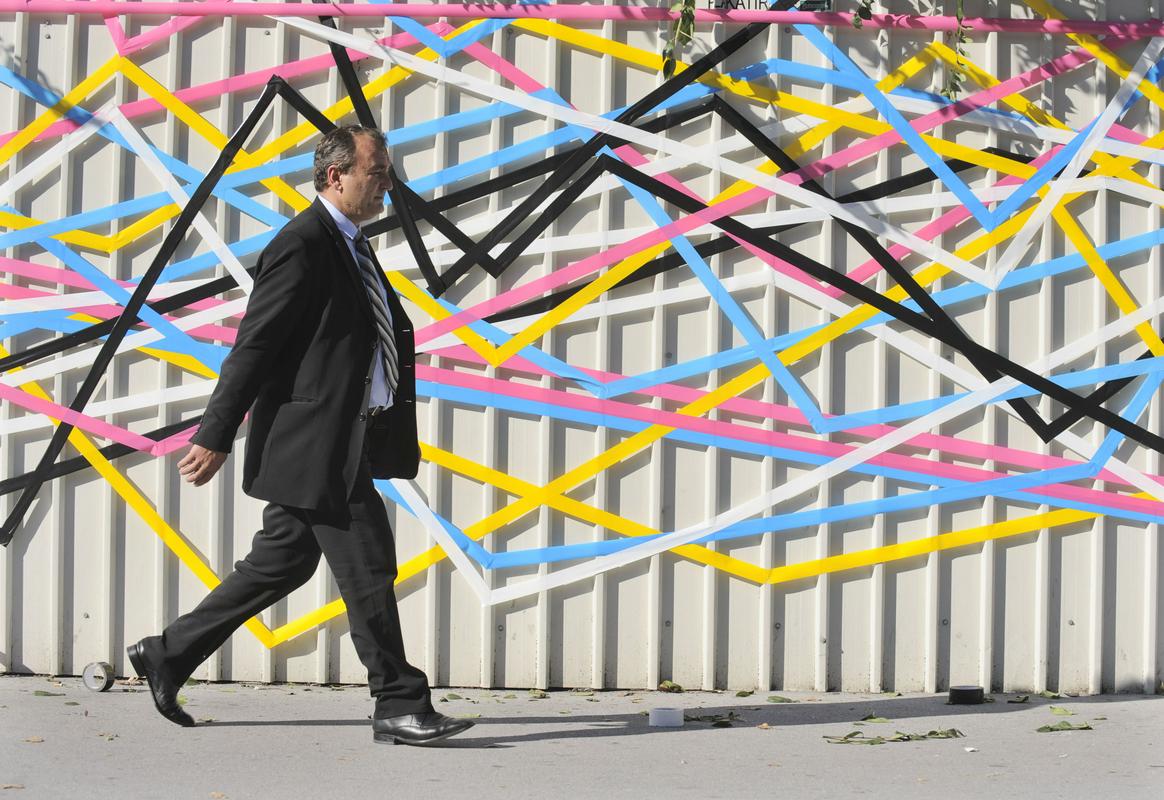The Statistical Office marked November 19, the International Men's Day, by having a bit of fun with statistical data from all parts of the country. At the start of the year, Slovenia had 2,066,800 inhabitants, 49.7 percent of which were men. This means that there are more women in Slovenia than men. However, a more detailed demographical analysis of Slovenia's statistical regions show that women are not in the majority in all the regions, but just in six of them. Meanwhile, men are more numerous in the remaining six: Koroška, Savinjska, Posavje, Primorska-Notranjska, Goriška, and Southeastern Slovenia.
As of January 1, the most common male name in Slovenia was Franc. On the regional level, this is the case in four regions: Podravje, Savinjska, and Primorska-Notranjska. In four regions, meanwhile, the name Franc isn't even among the three most common: in the Coastal-Karst region, where Marks are the most common, in the Goriška region, where Ivans have the upper hand, in the Central Slovenian region, where Janez is the most popular name, and in Southeastern Slovenia, where Jože rules the roost.
The situation is more homogenous when it comes to young men aged 29 and under. Luka is the most common name in almost all the regions. The only exceptions are Koroška and Southeastern Slovenia; in the former, Žan is the most common name, while Jan is the most popular in the latter.
The oldest men live in the Pomurje region
The average age of men in the Pomurje region (43.4 years) is almost two years higher than the Slovenian mean (41.7 years), On average, the Central Slovenian region has the youngest men (40.3 years).
The Goriška region's men are the tallest, while Zasavje has the fattest men
In 2017, the average Slovenian man was 178.1 centimeters tall and weighed 84.7 kilos. Based on the Body Mass Index, 38% of the men had a normal body weight, while 61% where overweight or obese. The Zasavje region has the most overweight men (26%), while the Koroška and Goriška regions have the fewest, at 13% and 14% respectively. The percentage of men over 16 who get enough recreation according to the World Health Organization guidelines is the highest in the Coastal-Karst region. Three out of four inhabitants of that part of Slovenia get at least 2.5 hours of recreation a week, while a full third of the men in the Posavje region fail to take part in any sport or recreational activity.



































































